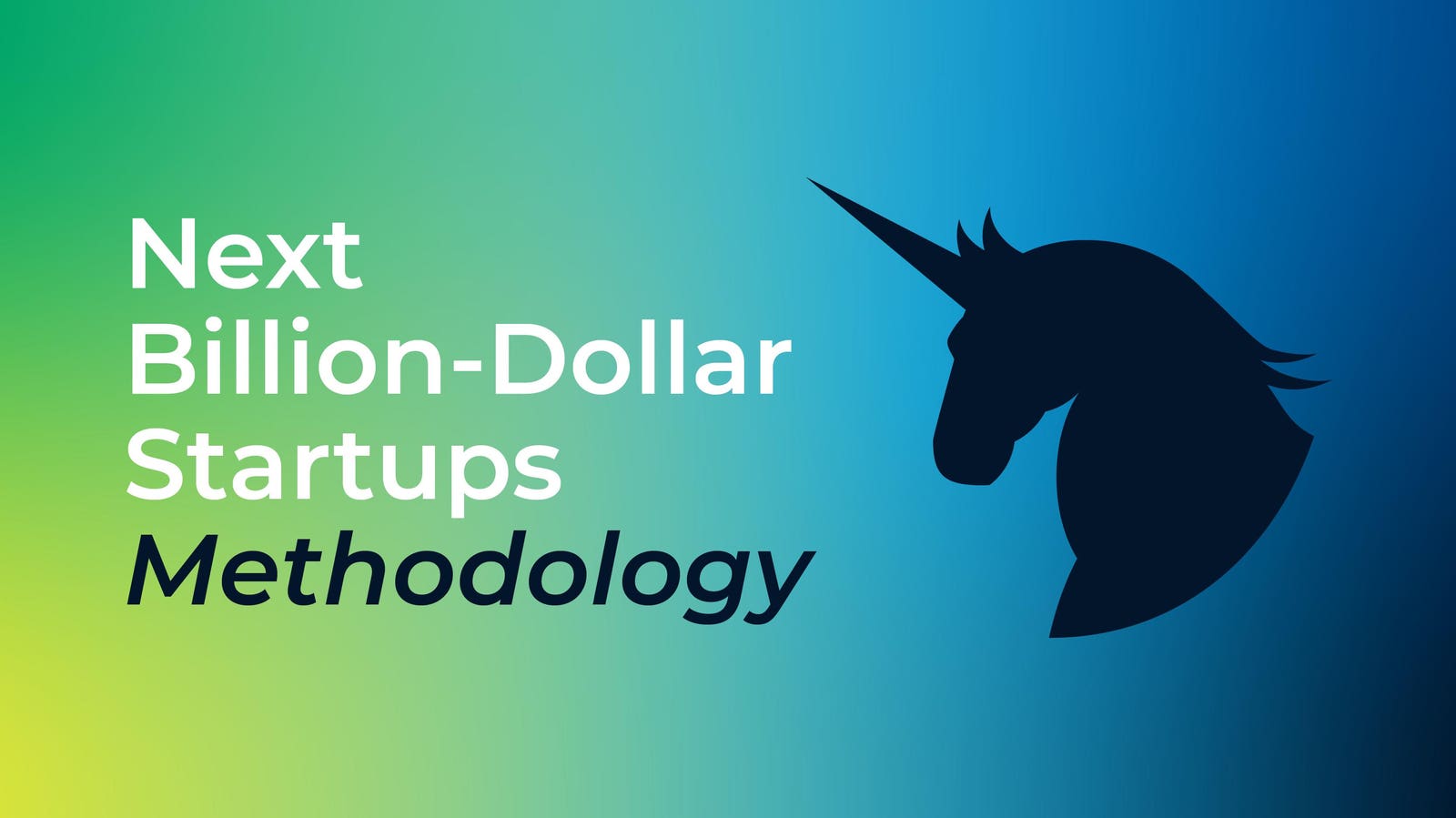The End of e-commerce as we know it. Brands will need a new playbook.
getty
Google’s search loosing relevance for e-commerce, and Amazon’s homepage is losing traffic. The future belongs to AI assistants like ChatGPT, Claude, and Perplexity. For brands to stay visible, they must embrace Generative Engine Optimization (GEO) also called LLMO, or AEO. Content is still king — but the rules have changed. Yesterday, shoppers browsed; today, they ask. Instead of scrolling through endless menus or filtering product grids, consumers now turn to AI assistants — and the answers drive their purchases.
A new front door to retail has opened, but it no longer belongs to the retailer or Google or Amazon. It belongs to ChatGPT, Claude, Gemini, and Perplexity. And for retailers, the stakes couldn’t be higher.
The End Of The Homepage
Just as media outlets once lost homepage traffic to Google and Facebook, retailers are now facing the same shift — only faster. Consumers aren’t browsing your carefully designed website anymore; they’re asking AI assistants. “Best outdoor jacket near me” is no longer the query. Instead, someone might ask:
“I’m hiking parts of the Pacific Crest Trail in the Sierras this summer—2–3 days each. What jacket should I buy?”
ChatGPT responds with:
Outdoor Research Helium — ultralight, excellent for thru-hikers
Arc’teryx Beta Lightweight — premium, versatile, reliable in storms
Patagonia Storm10 — minimalist but tough
Claude, meanwhile, suggests:
Best Overall: Patagonia Torrentshell 3L ($99–129)
Budget Pick: REI Co-op Rainier ($69)
Ultralight Option: Outdoor Research Helium ($149)
Claude or ChatGPT have the power to say what will be found, a position formerly only Google had. It’s not hard to understand why I wrote earlier this year about e-commerce unbundling.
But where are Mammut, Columbia, or The North Face? These brands have quality products, yet they’re absent. The reason? Training data. Models surface answers based on the content they’ve been exposed to. Patagonia, REI, and Helium have done a better job supplying structured, high-quality information to AI systems. If your brand isn’t present in AI answers, you’re effectively invisible.
GEO > SEO — Generative Engine Optimization Takes Over
How to get noticed in this new e-commerce order? Content, Content, Content. But, the old SEO playbook — keywords, backlinks, and blogspam — won’t work. AI assistants don’t crawl for short-form content. They rely on authentic, Q&A-rich, structured data that helps them understand and contextualize answers.
Enter Generative Engine Optimization (GEO), also known as Answer Engine Optimization (AEO) or Large Language Model Optimization (LLMO). The rules have changed:
- LLMs prefer content designed to answer nuanced, situational questions.
- Structured, machine-readable data matters more than keyword stuffing.
- Brands must teach models who they are if they want to be discoverable.
Why Brands Should Care About Generative Engine Optimization
AI-driven traffic is still small in volume—but its impact is outsized. Studies show that traffic originating from LLMs converts up to 9x better than other channels.
Why? Because recommendations feel personal, contextual, and trustworthy. One example stands out: a consumer uploaded their blood results into ChatGPT and immediately purchased €200 worth of vitamins—no browsing, no comparison, pure trust.
And timing matters. Soon, most large language models will introduce paid placement channels. Brands mentioned organically today will enjoy a lasting competitive advantage tomorrow. The window to secure this advantage is now.
Advice #1: Get The Questions Right
For two decades, I’ve built data and monitoring tools—and I’ve seen this movie before. In the early days of social media, brands obsessively measured mentions without asking the deeper question: what exactly should we measure?
Take the jacket example again. If a user specifically asks, “What’s the lightest jacket on the market?” the answer might be the Montbell Versalite. But do users ask those hyper-specific questions. We don’t know and OpenAI or Google will not tell us.
The challenge for brands is therefore to predict what users will be looking for. One thing is for sure, it wont be the marketing copy the company put out. Rather one should be tapping into
- Customer support tickets
- Community forums
- Social media conversations
- User interviews
Just don’t run and start to monitor your brand but rather try to understand the best set of questions to monitor.
Advice #2: Focus On Unique Content
Training LLMs is expensive—Elon Musk recently revealed he spends $1 billion per month on training xAI. Models won’t index every piece of content; they prioritize information that is authentic, novel, and trusted.
Your goal isn’t just to be searchable. Over are the times where ‘keywords’ were all you need to do. You need to the models who you are so you become part of their default answer set.
The New Generative Engine Optimization Playbook for Brands
Until AI assistants open up fully to paid placement, organic visibility depends on creating content designed for LLMs to learn from as I outlined in this Forbes article
- Leverage real customer language
Base content on authentic questions from support tickets, forums, and user feedback. - Use structured Q&A formats
Organize product and help pages so LLMs can parse them easily. - Integrate FAQs into product pages
Place context-rich answers directly where decisions happen. - Prioritize trust and transparency
Verified, concise, and well-sourced information wins.
The homepage isn’t dying — it’s obsolete. The battle for discovery has shifted to AI assistants, and the winners will be the brands that learn to optimize for answers, not clicks. The future of retail belongs to those brands who have a unique story to tell. As I said more than once “The future is Indie”.
Agree? Disagree? Have a different take? I’ve posted the Forbes article here on LinkedIn — add your thoughts in the comments and let’s discuss.









